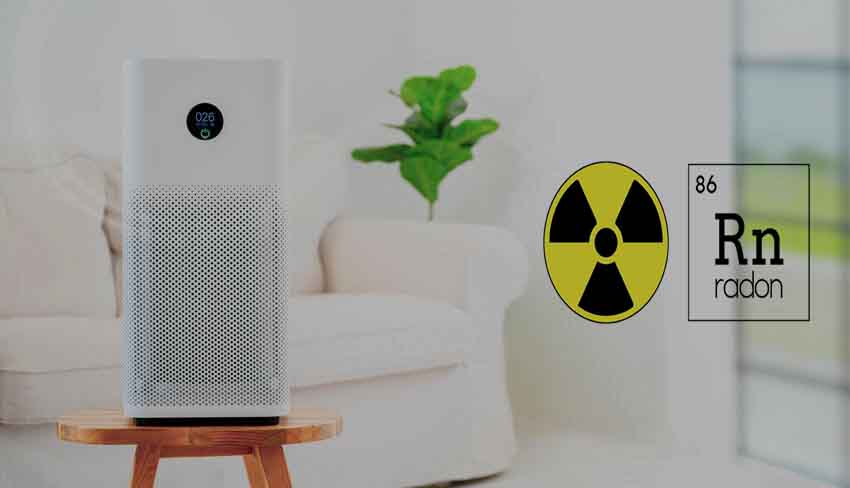Indoor air quality is sometimes a concern for some property holders. Unsafe contamination in high focus presents serious well-being dangers to anybody in the home. Nonetheless, an extremely normal indoor air volatile organic compound that the vast majority overlook is radon.
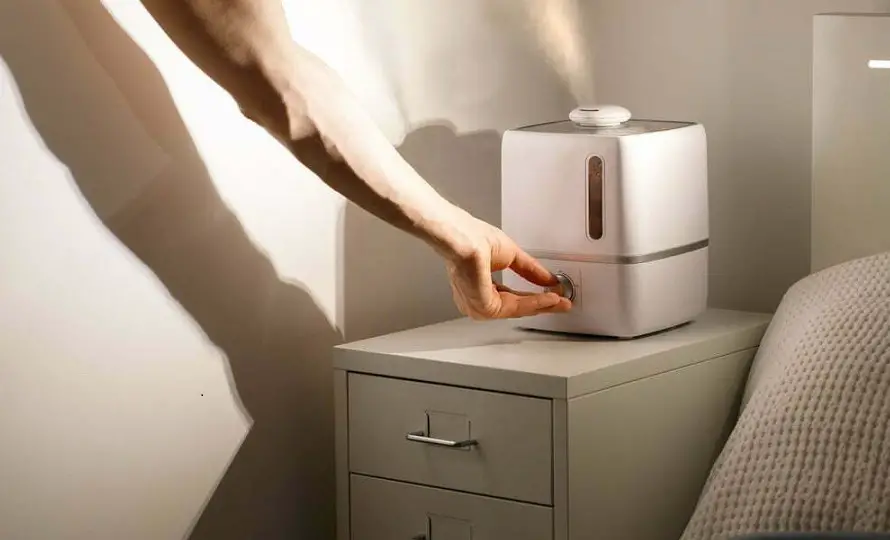
What’s the Number 1 Most ideal Way to Manage Radon Gas in My Home?
In any case, how successfully would they say they are disposing of the exceptionally toxic gas in the air?
The most effective way of removing radon is to employ a radon mitigation expert with radon test kits to test radon levels and introduce a radon reduction system in your home.
To enhance the radon reduction system, you really want to develop ventilation in your home and seal breaks, holes, and openings on the floor and walls of your home.
For day-to-day use, you can also consider air purifiers with carbon filters. This article will clear up how to really remove radon from your home.
What is Radon gas?
Radon is an inert gas (naturally occurring gas) that you can’t see or smell. The main way you can really do radon testing is by using radon test kits (a radon detector) for it.
Radon has been shown to be a leading cause of lung cancer deaths, even when they do not smoke cigarettes, it still poses health risks.
Radon radioactive gas is something that can kill you if you are presented to high degrees of it over time.
It is the leading cause of lung cancer in non-smokers. However, it requires years, any radon exposure has some probability of causing lung cancer. There is also an increased lung cancer risk for smokers exposed to high radon levels. Youngsters likewise have higher health risks because of their lung shape and quicker breath rate.
Where in your house is radon most likely?
Radon levels are usually highest in the basement or crawl space. Radon (a naturally occurring radioactive gas) comes from the ground, it is the aftereffect of radioactive volatile organic compounds larger particles in chemical reactions.
It can get into any type of building – homes, workplaces, schools, and different spots where individuals spend time. Radon gas enters homes through breaks and openings in the house.
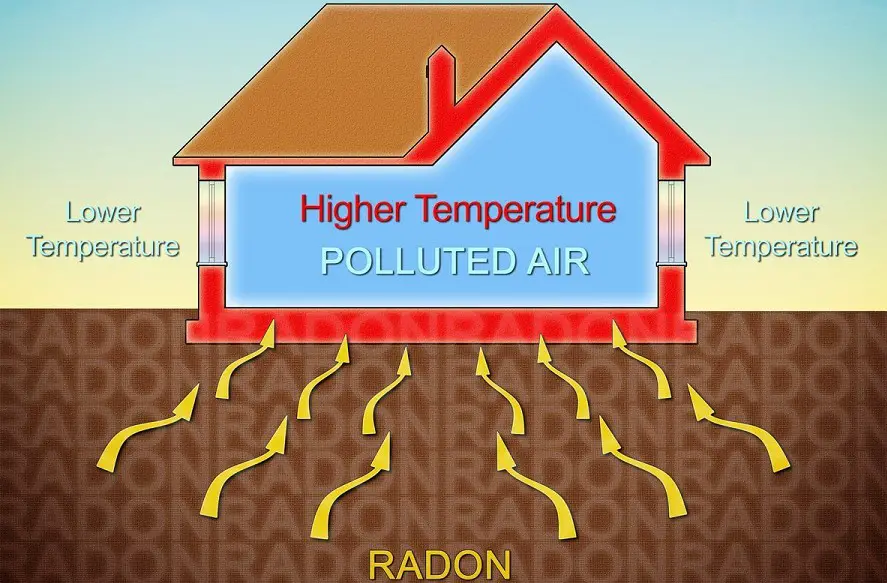
What is the fastest way to get rid of radon?
There are various demonstrated ways radon mitigation experts use to decrease radon levels in homes
Soil depressurization system
This system includes a vent and fan, which draws radon from below the house and vents it outside. It likewise includes fixing breaks and openings, it is less costly and more productive.
Seal your cracks
Radon enters your home through cracks and holes in your basement, foundation, and flooring. You ought to find every one of the cracks and seal them with caulk or epoxy sealant.
Finding every one of the cracks in your home might be troublesome, yet fixing some of them will help to get radon-free air.
Does opening windows get rid of radon?
The second-most ideal way to help with radon exposure is to further develop ventilation in your home.
Opening windows and utilizing fans and vents increase airflow around the home. It’s likewise critical to ventilate other openings.
Ventilation helps the radon to scatter in the outside air.
If all else fails, opening the doors and windows can easily help with radon exposure, but it has its cons; Higher utility bills and insect invasion mainly.
When doors and windows are shut, radon reaches its normal concentration in 12 hours or less. Best case scenario, regular airflow is a temporary help measure yet not a permanent answer.
I also recommend reading: How you can get cool air from one room to another?

Does a dehumidifier help remove Radon?
Dehumidifiers can help with radon gas reduction in your home by diminishing the moisture amount in the air. Radon is present in soil and rock and can enter your home through cracks and holes in the establishment and when radon is at high levels, it tends to be dangerous to your health.
This will lead to a drier environment, which can make it more challenging for radon gas to ascend from the ground and enter your home. By diminishing the dampness in the air, dehumidifiers can help with decreasing how much radon gas is in the surrounding air.
However, a dehumidifier can help with decreasing the growth of mold and mildew, which can also add to higher radon levels.
Does a HEPA filter remove radon?
In the event that you’ve heard about HEPA filters, you may be contemplating whether a HEPA filter can assist with radon gas.
They are a piece of many air purifiers and great at cleaning the demeanor of undesirable allergens, a few scents, and significantly more.
Since air purifiers typically have these filters or one more sort of primary filter that strains out strong particles, it’s expected that air purifiers for radon will in any case have them.
Also, looking at this logically, it’s a good idea to have an air purifier to help with radon that doesn’t simply do that. That sounds a piece inefficient.
Consider the incorporation of HEPA filters as a work from the producer to guarantee that you get the most bang for your money.
A HEPA filter is a high-productivity particulate arrestor that can eliminate practically everything, but not all particles, from indoor air.
Since radon particles can ride different particles, a HEPA filter have radon reduction systems and radon detectors and it is a conceivable answer for radon.
Nonetheless, HEPA filters can’t reduce radon itself completely, since it’s a gas.
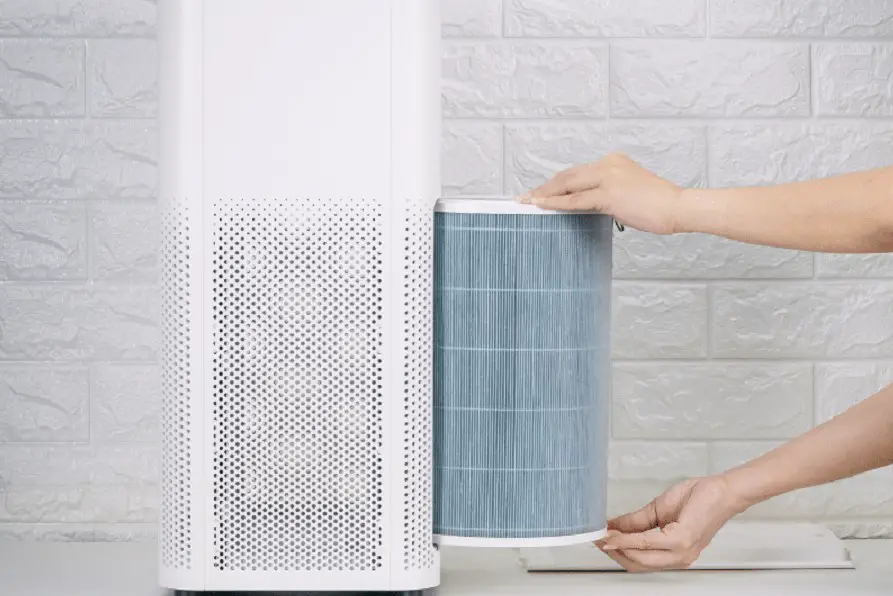
How do you remove radon from the air?
Air purifiers
Air purifiers truly do a ton, they have good filtration system, and it seems like their list of capacities increases yearly. That being said, how do air purifiers help with radon? Your standard home air purifier, regardless of whether it has an activated carbon filter, won’t address your radon issue for your entire house.
Once more entire-house air purifiers might be better at managing entire-house issues, similar to radon, however, they are expensive, and prevention is better than cure.
To remove radon, you’ll require a strong fan and a shut and unidirectional vent system that will eliminate radon. In any case, air purifiers aren’t sufficiently strong.
In spite of the fact that it is challenging to pick radon from the air through compound responses, only air purifiers with an activated carbon filter can take out the radon from air circulation. Activated carbon filters contain porous carbon that traps smells and gases going through the carbon filter.
If there’s a suspicion of radon in your home, your initial step ought to be to contact a radon mitigation expert. Whenever they have affirmed the presence of radon, it is critical to take note of that most air purifiers surely can help reduce radon levels.
Activated carbon filters
Activated carbon filters are produced to have the option to catch gasses, like tobacco smoke out of the outdoor air. No other sort of air filtration framework can flaunt this surprising reality, as they are completely intended to catch strong airborne particles, as opposed to vaporous exhaust.
Conventional air filters are ineffective at filtering gasses, including radon, from the home’s air. It doesn’t make any difference the number of substitution filters you change. In this manner, the best air purifier for radon will require an activated carbon filter.
That being said, even an air purifier with a carbon filter may not be sufficient to reduce radon issues in homes. The ideal machine for the task has significantly more activated carbon than a standard family air purifier does, which is vital.
However, the best measures to take at tending to your radon levels issue is really going to precautionary lengths.
Activated carbon filters are amazing at engrossing synthetic contamination in the air. It can remove radon gas, but it won’t eliminate radon totally.
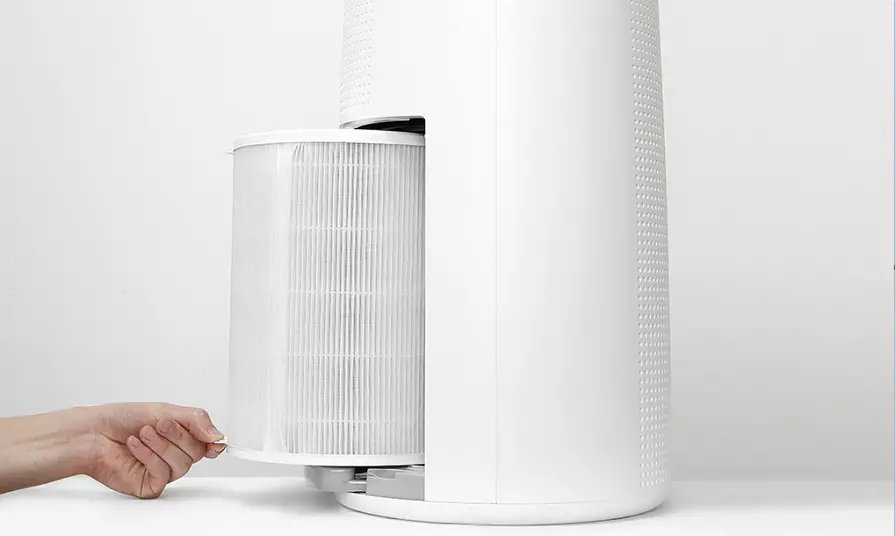
Conclusion
Do air purifiers help with radon? Air purifiers help with radon, yet are just sufficient assuming they use carbon-activated filters. Radon is evidence that not all nobility ought to be invited into our homes. For this situation, radon ought to be shown as the exit.
Air purifiers help with radon if they use filters produced using activated carbon. Since radon is gas, carbon-activated filters are the best answer.
Read About What Air Purifier Will Take Out Radon?
Does a HEPA filter remove radon?
A HEPA filter is a high-productivity particulate arrestor that can eliminate practically everything, but not all particles, from indoor air. Since radon particles can ride different particles, a HEPA filter is a conceivable answer for radon.
How do I reduce radon in my house?
To remove radon, you’ll require a strong fan and a shut and unidirectional vent system that will eliminate radon. In any case, air purifiers aren’t sufficiently strong. Activated carbon filters are amazing at engrossing synthetic contamination in the air. It can remove radon gas, but it won’t eliminate radon totally.
Do Dyson air purifiers remove radon?
Dyson air purifiers truly do a ton, and it seems like their list of capacities increases yearly. That being said, how do air purifiers help with radon? Your standard home air purifier, regardless of whether it has an activated carbon filter, won’t address your radon issue for your entire house.
Can you filter out radon?
Since radon particles can ride different particles, a HEPA filter is a conceivable answer for radon. Nonetheless, HEPA filters can’t reduce radon itself completely, since it’s a gas.

